October 29, 2025
Data Shows Endangered Palau Ground Doves Swiftly Recovering After Successful Palauan Island Conservation Effort
Astounding evidence of recovery on Ulong Island in Palau after just one year!
Published on
July 13, 2018
Written by
noelle
Photo credit
noelle
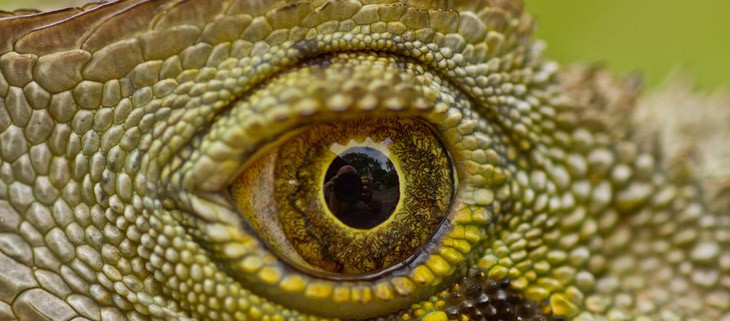
Australia has lost more animals to extinction than any other country in the world. They are going through an extinction crisis that keeps worsening; researchers recently announced that seven percent of Australia’s reptiles are on the verge of extinction. The International Union for Conservation of Nature (IUCN) just updated their “Red List” of threatened species, and all of Australia’s unique reptile species are now classified as threatened, with one in fourteen at risk of extinction.
The most critical are the introduction of invasive species and climate change. 975 Australia reptile species have landed on the Red List with the majority of the threatened species being endemic to Australia. Philip Bowles, who coordinates IUCN’s snake and lizard work, commented:
This Red List update highlights the vulnerability of Australia’s lizards and snakes to invasive alien species. Understanding the threats to each of Australia’s native reptile species will help us effectively work with the Australian Government, local conservation groups and Aboriginal people to address them.”
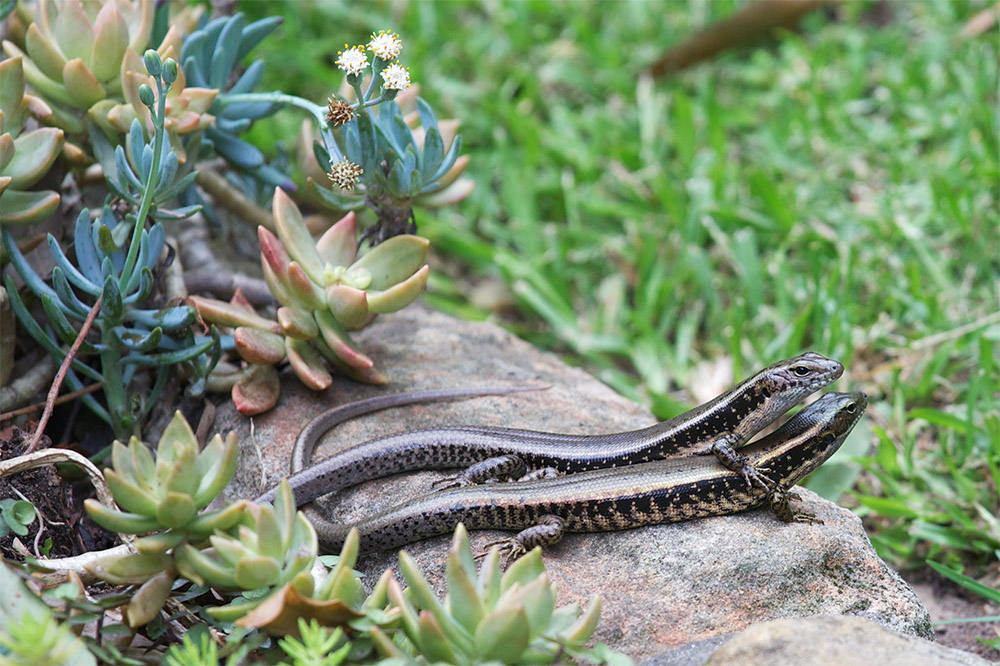
Australia is home to an unusually diverse reptile population that evolved in isolation. The species present represent about 10 percent of the entire global reptile fauna. Because these animals evolved in isolation, they are not equipped to deal with introduced predators and are very susceptible to invasive species such as feral cats. A recent study shows that invasive feral cats kill 600 million reptiles each year in Australia. Another invasive species threatening reptile populations is the toxic Cane Toad. The Cane Toad was introduced to Australia in 1935 as a way of managing beetles in the sugar cane fields. However, this highly toxic toad has multiplied and is devastating wildlife. Its poison glands can kill its predators (although one crow has learned to eat it safely) and has proven to be fatal to species like the Mitchell’s Water Monitor Lizard which has now been classified at Critically Endangered. Bowles said:
Dining on the toxic cane toad has resulted in population declines of up to 97 percent in some areas.”
Reptiles are not the only group of animals at risk of extinction. Many of Australia’s mammal and bird species are also threatened and need conservationists help to bolster populations and protect species.
Featured photo: Eye of a Eastern Water Dragon, another reptile very susceptible to cats. Credit: Andrew Mercer
Source: Phys Org
Check out other journal entries we think you might be interested in.

October 29, 2025
Astounding evidence of recovery on Ulong Island in Palau after just one year!
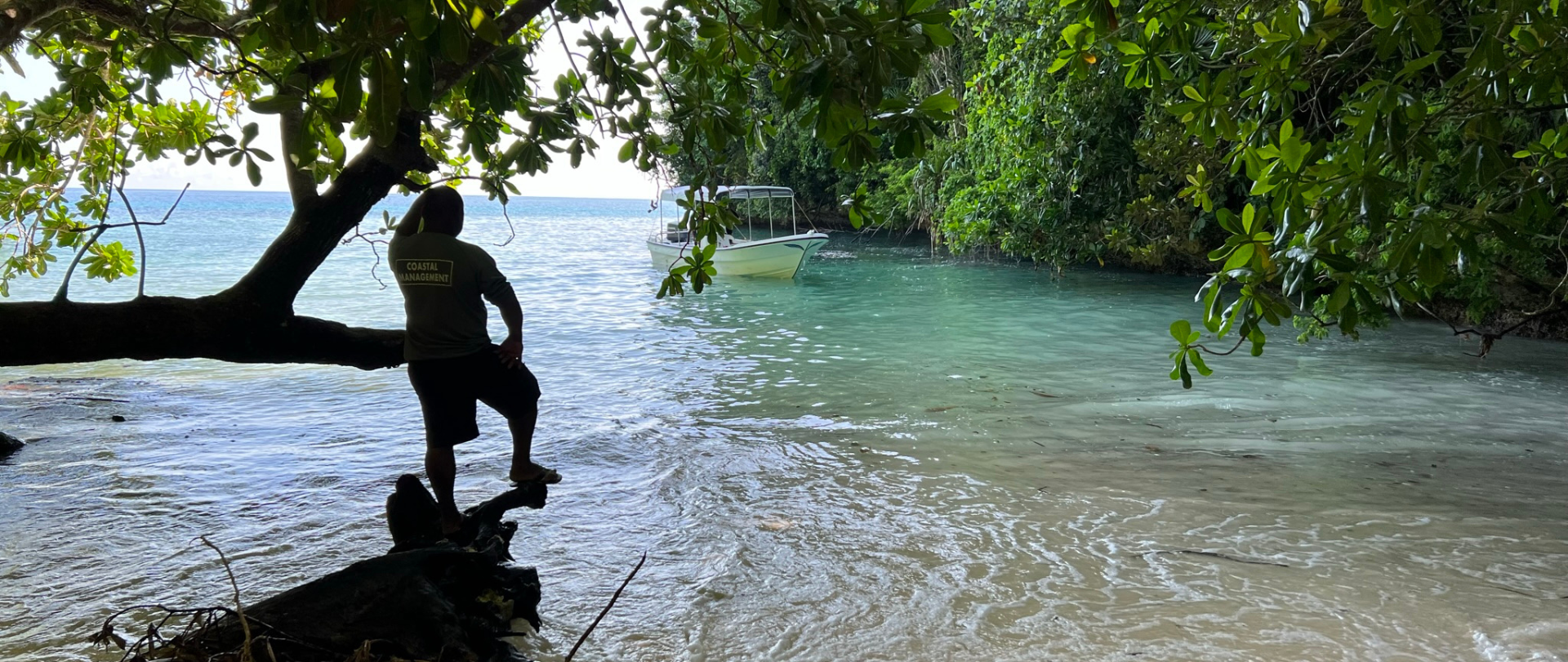
May 19, 2025
Read our position paper on The 3rd United Nations Ocean Conference (UNOC 3) to see why we're attending and what we aim to accomplish!
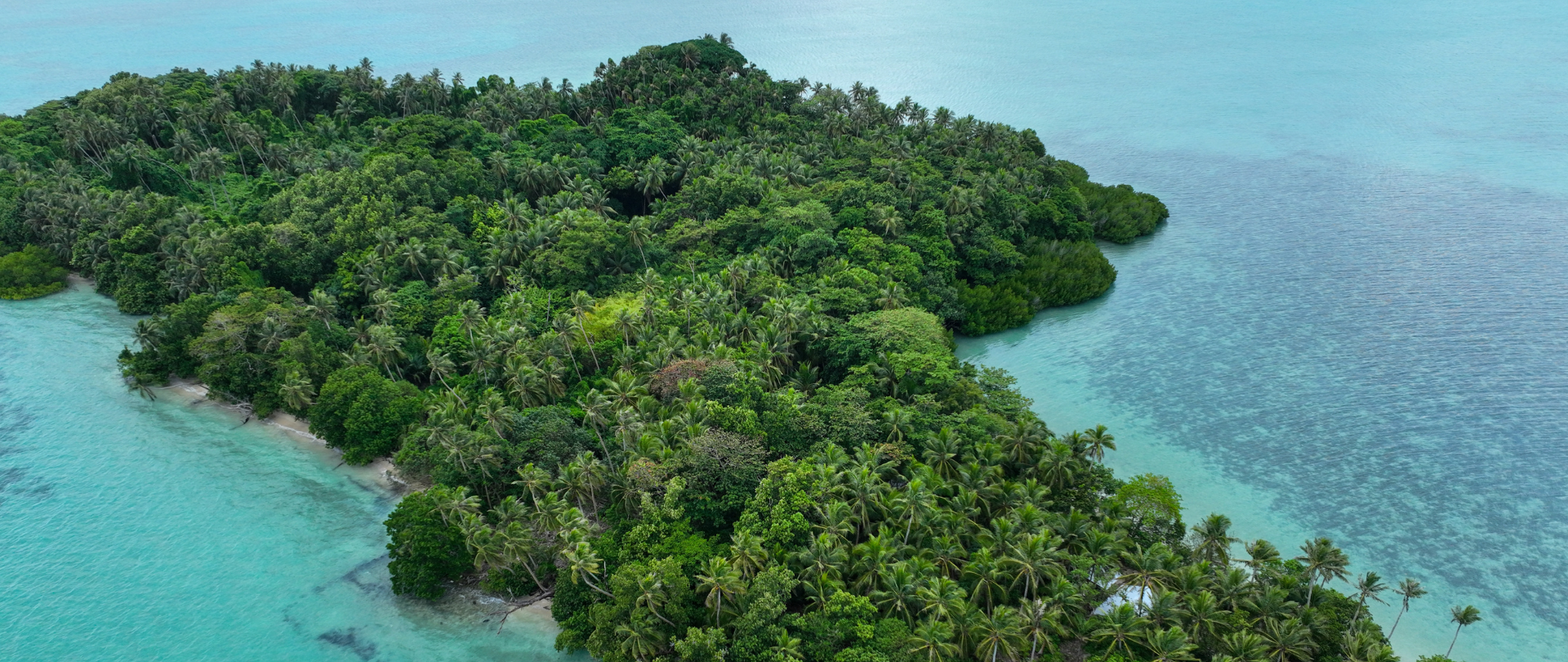
December 4, 2024
Ann Singeo, founder of our partner organization the Ebiil Society, shares her vision for a thriving Palau and a flourishing world of indigenous science!
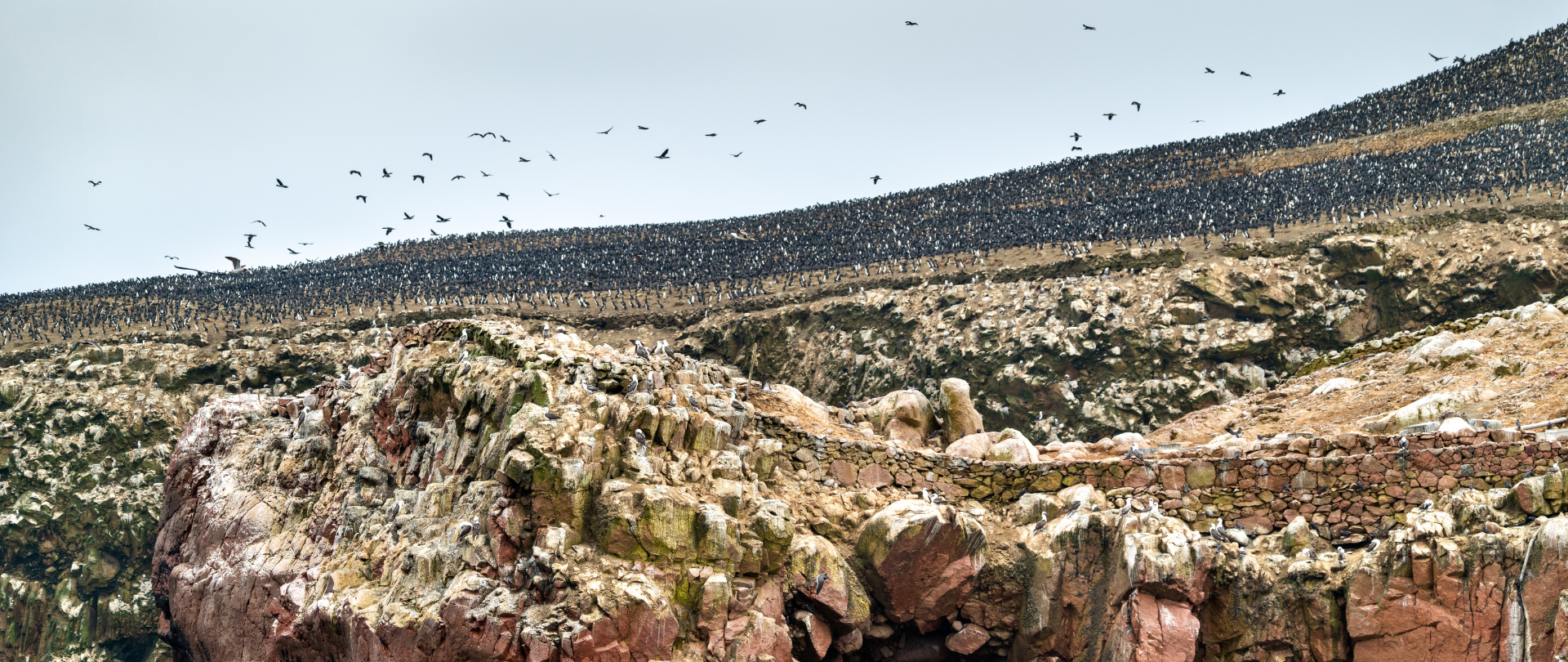
November 22, 2024
This historic agreement aims to protect the marine and coastal areas of the Southeast Pacific.
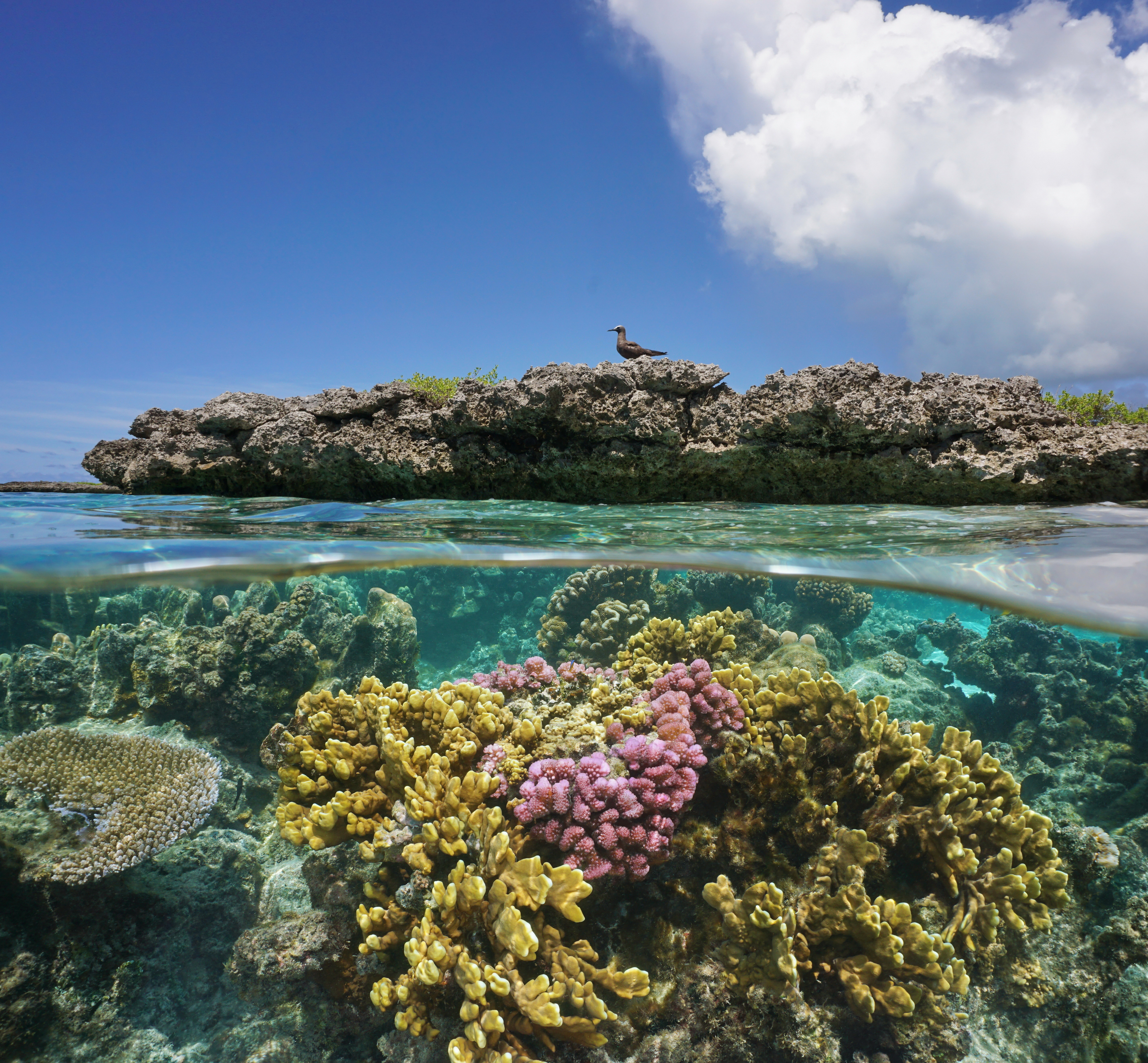
November 18, 2024
Our projects to restore key islets in Nukufetau Atoll forecast climate resilience and community benefits in Tuvalu!
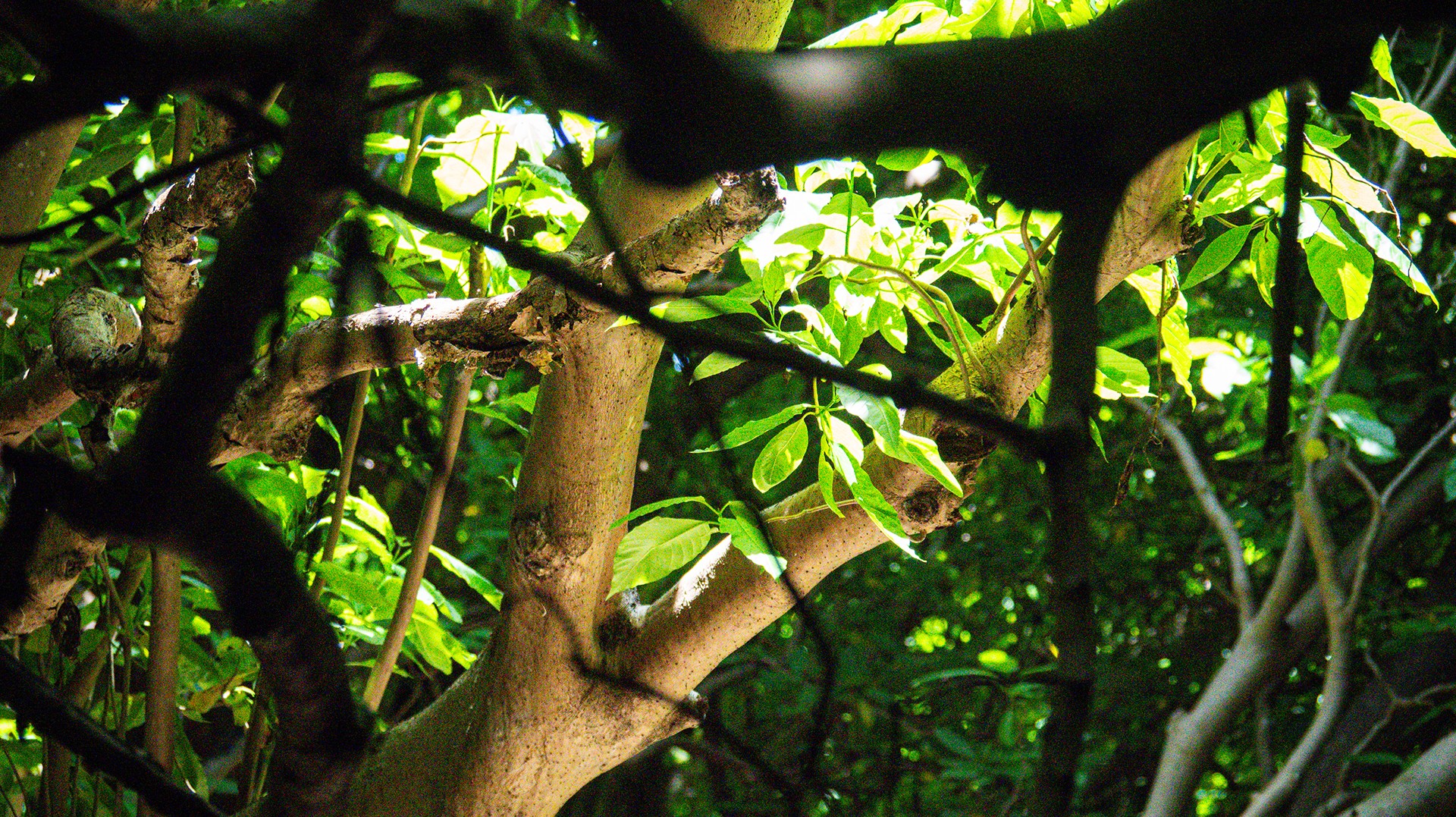
October 3, 2024
Island Conservation and partners have published a new paper quantifying ecosystem resilience on restored islands!
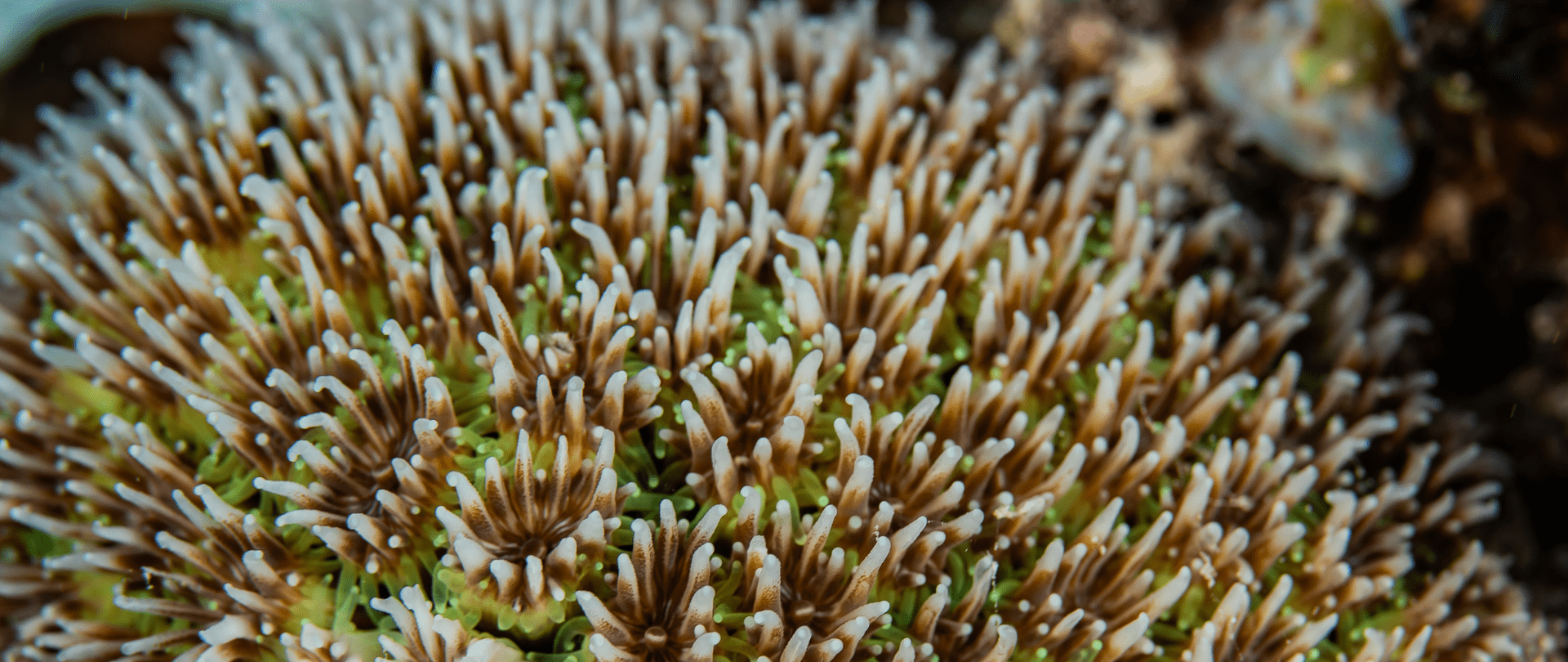
September 10, 2024
Climate Week NYC: what is it and why is it important? Read on to find out why Island Conservation is attending this amazing event!

September 5, 2024
With sea levels on the rise, how are the coastlines of islands transforming? Read on to find out how dynamic islands really are!
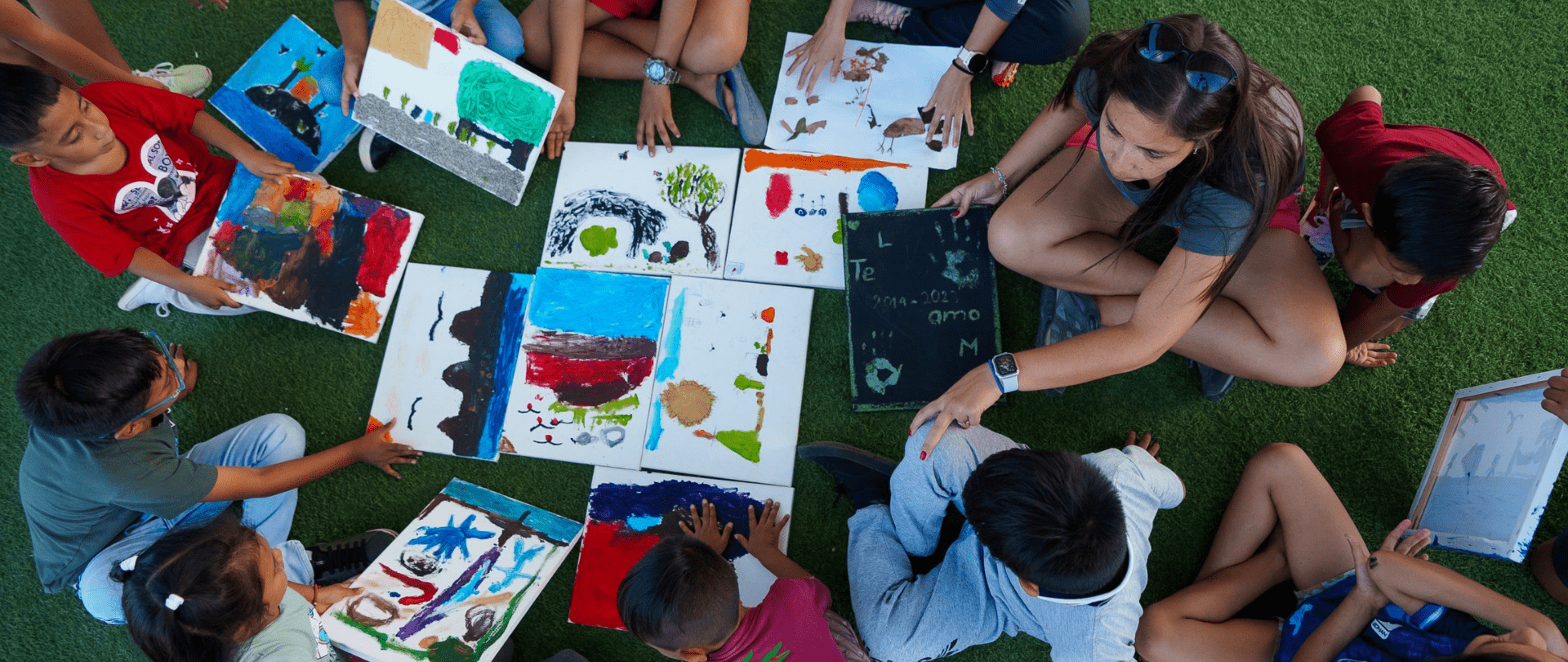
December 14, 2023
Join us in celebrating the most amazing sights from around the world by checking out these fantastic conservation photos!

November 28, 2023
Rare will support the effort to restore island-ocean ecosystems by engaging the Coastal 500 network of local leaders in safeguarding biodiversity (Arlington, VA, USA) Today, international conservation organization Rare announced it has joined the Island-Ocean Connection Challenge (IOCC), a global effort to…